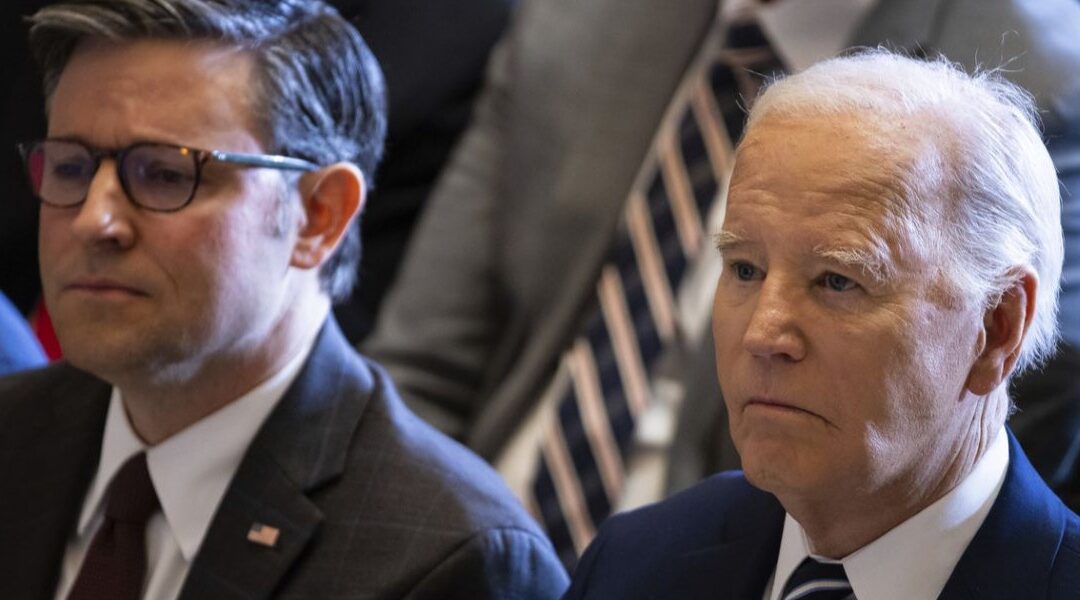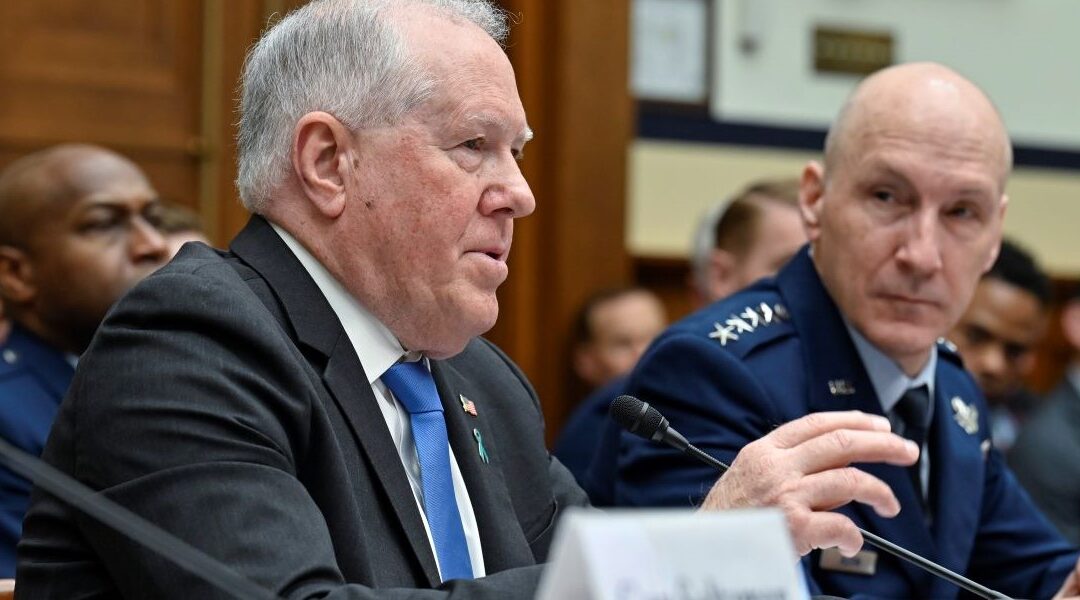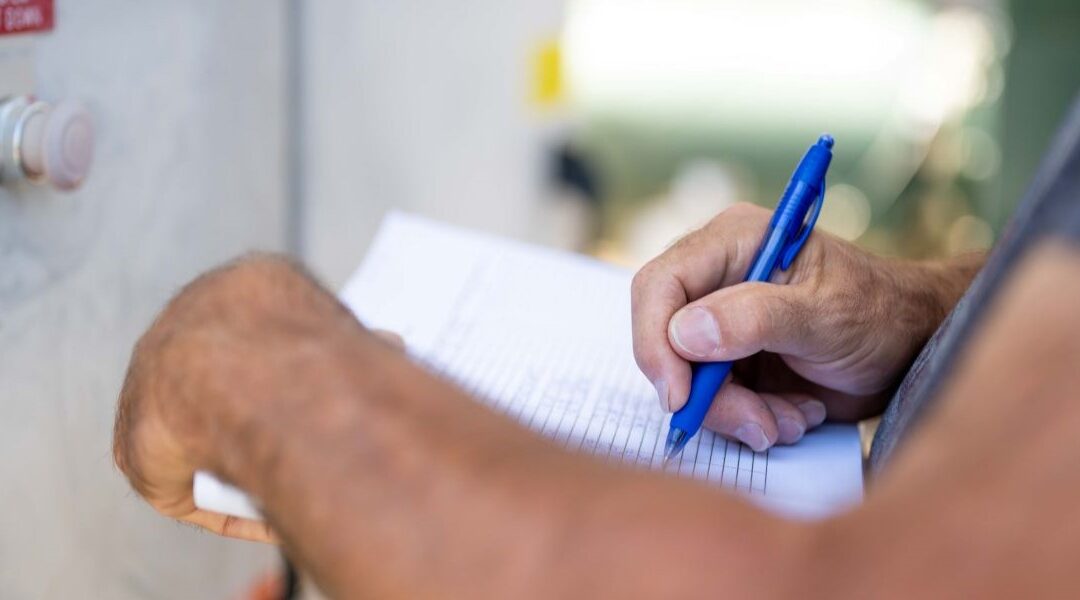Pentagon officials acknowledged late last week that PFAS contamination cleanup costs are likely to exceed DOD’s original $2 billion estimate to mitigate the “forever chemical” problem impacting installations and communities across the country.
Despite acknowledging an expected rise in cleanup costs, Assistant Defense Secretary for Sustainment Robert McMahon met with reporters for the first time since DOD established its PFAS task force and emphasized that service members are not drinking PFAS-laced water, The Hill reported.
“We are committed to ensuring that we have a safe place for our people and their families to live, work, play and pray,” McMahon said according to the report.
McMahon’s newly formed PFAS team, ordered on Defense Secretary Mark Esper’s first day leading DOD, is tasked with addressing the agency’s contamination problem, as On Base previously reported. As the task force has initiated its work, Congress is also pushing the Pentagon to clean up sites across the country.
The Democrat-led House and GOP-led Senate will convene a fiscal 2020 National Defense Authorization Act (NDAA) conference committee this month and both chambers’ legislation include provisions to clean up contamination at military installations and nearby communities.
The Pentagon has acknowledged more than 400 PFAS contamination sites and its initial response has included providing bottled water at 24 sites where contamination exceeds an Environmental Protection Agency (EPA) 70 parts-per-trillion PFAS standard, an early August DOD press release stated.
That leaves hundreds of other DOD sites where lower levels of PFAS remain in the water and McMahon said when contamination levels clearly extends from a base, it becomes a military responsibility, according to The Hill report.
Some military communities have been frustrated by DOD reluctance to commit resources for cleaning the water.
“In some cases, there are multiple sources out there feeding a well system for a community. So the challenges become delineating responsibility in those installations,” McMahon said according to the report.
“I would admit these are very complicated questions, but we need to make sure that we fully understand how the water is flowing and how the chemicals are moving in the water so that we make the right decision up front,” Maureen Sullivan, deputy assistant secretary of defense for Environment told The Hill.
Sullivan said DOD will have to factor in new technology and the cleanup required to determine how much beyond the $2 billion originally projected for cleanup, according to the report.
“Do I think it’s going to be bigger than that? The answer is yes,” Sullivan said.
McMahon also acknowledged DOD may be pressed in finding a PFAS-free firefighting foam by 2025, as proposed in the congressional NDAA bills.
“Don’t give me a date I can’t live with if the science doesn’t support it,” McMahon said.
The report said he’s eager to find a replacement foam, but it increases risks of fire damage if forced to use “something that is less successful, less viable as a product.”
The chemicals referred to as PFAS are found in common items such as nonstick cookware, fast-food wrappers, water-resistant clothing, and other goods. They are also used in aqueous film-forming foam (AFFF) which has been deployed for decades by DOD and other firefighting units to rapidly extinguish high-combustion fuel fires.
As PFAS seeps into water sources it is referred to as a “forever chemical” due to its persistence in the environment and the human body.
ADC photo by Will Noonan

Johnson Releases Text of Three Foreign Aid Bills, Sets Weekend Vote
House Speaker Mike Johnson (R-La.) Thursday rolled out a package of national security bills. One would provide funding to Ukraine, another to Israel and another to Indo-Pacific allies. A fourth bill includes other national security items, such as a potential TikTok...





